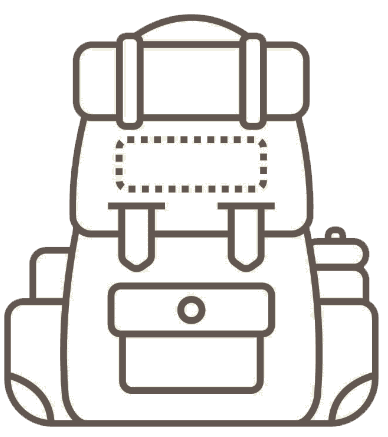Hydroxychloroquine (HCQ) most certainly isn’t a politically correct topic, yet several prominent physician-scientists continue to investigate the efficacy and safety in relation to COVID-19. Of course, the controversies around HCQ don’t need a summary but, suffice to say, the use of the anti-malarial drug continues in several nations while physicians continue to use it off-label in the United States. Most recently, a previous contributor to the TrialSite, Dr. Raphael Stricker, an expert in infectious disease along with a Doctor of Nursing Melissa Fesler, both with the private practice called Union Square Medical Associates in San Francisco, California, conducted a meta-analysis evaluating the safety and efficacy covering a portfolio of studies in India. Does a standard HCQ pre-exposure prophylactic (PrEP) regimen in health care workers (HCWs) exposed to high-risk environments in India lower COVID-19 infection risk?
Drs. Stricker and Fesler’s meta-analysis results were recently published in the peer-reviewed Journal of Investigative Medicine. The two are scheduled to present at the forthcoming Western Medical Research Conference (WMRC) meeting in Carmel on January 20-22, 2022.
Using several resources, the two physicians embarked on an analysis to search for the answer to their question. They utilized the following sources:
PRISMA checklist
PubMed
Google Scholar
medRxiv
ResearchGate
What did the studies consist of?
Stricker and Fesler obtained eleven nonrandomized controlled trials of weekly HCQ PrEP involving 7,616 HCWs in India (3,489 treated, 4,127 controls). The HCQ PrEP regimen consisted of an 800mg loading dose in the first week, then 400mg weekly thereafter according to the guidelines of the Indian Council of Medical Research. SARS-CoV-2 infection was documented by seroconversion or positive polymerase chain reaction (PCR) testing. The duo used random-effects meta-analysis to calculate the risk ratio (RR) of infection across the studies. Summary of Results Sex distribution was available for nine studies and age distribution was available for eight studies.
Subscribe to the Trialsitenews "India" Channel
No spam - we promise
What about gender & age distribution?
The sex distribution was 58% male and 42% female, and the mean age was 33.1 ± 7.7 years.
What were the participant HWS roles?
63% were involved in direct patient care (e.g., doctors and nurses) and another 37% offered support services (e.g., support staff, technicians, housekeeping staff, etc.).
How many of the studies included HCWs who used any HCQ PrEP?
11
What was the infection rate difference in the HCQ group?
The infection rate was significantly decreased (RR 0.56, 95% CI 0.37–0.83, p = 0.0040).
What about the other five studies that included HCWs administered at least six doses of weekly HCQ PrEP?
The infection rates were apparently reduced even more (RR 0.25, 95% CI 0.13-0.50, p < 0.0001).
Were any deaths reported in either the study drug or control group?
No.
How many adverse events (AEs)?
667
What were the AEs?
Adverse Event%Headache 8%Nausea7%Dyspepsia6%
Were any heart issues such as arrhythmias reported by the HCWs?
No. AEs were generally mild and well tolerated, as shown in one study where the HCQ discontinuation rate due to AEs was 4%.
What do the researchers recommend for the next steps?
Additional investigation into the use of HCQ PrEP for prevention against COVID-19
What are some limitations?
Meta-analysis offer benefits and challenges—the underlying reliability of the data must be vetted. A number of studies have shown HCQ not to be effective but some prominent studies have shown promise such as the Henry Ford study—however, that particular observational study was discounted by Dr. Anthony Fauci during a meeting with Congress.
Lead Research/Investigator
Raphael Stricker, MD, Union Square Medical Associates in San Francisco, California
Melissa Fesler, Union Square Medical Associates in San Francisco, California
